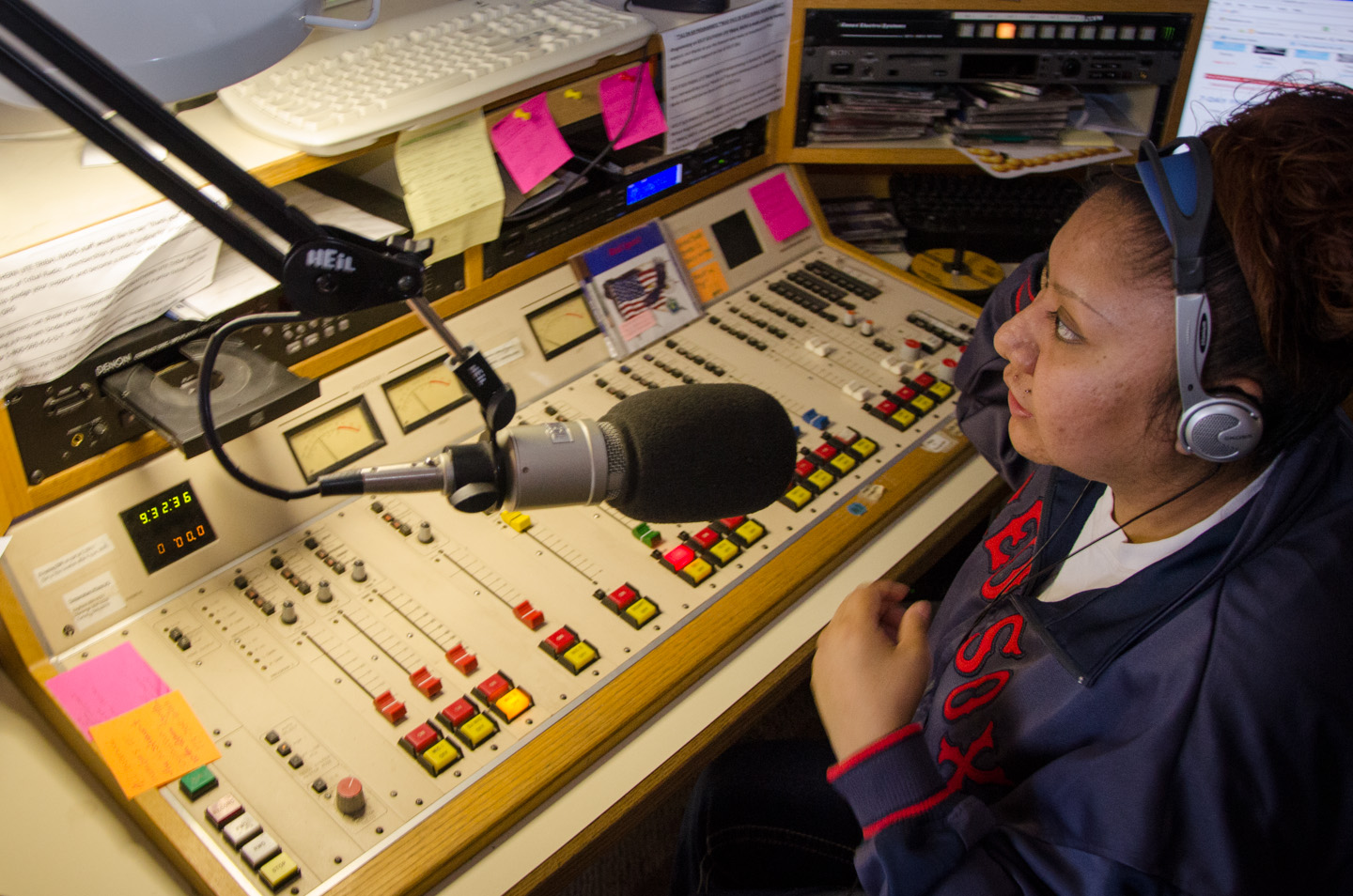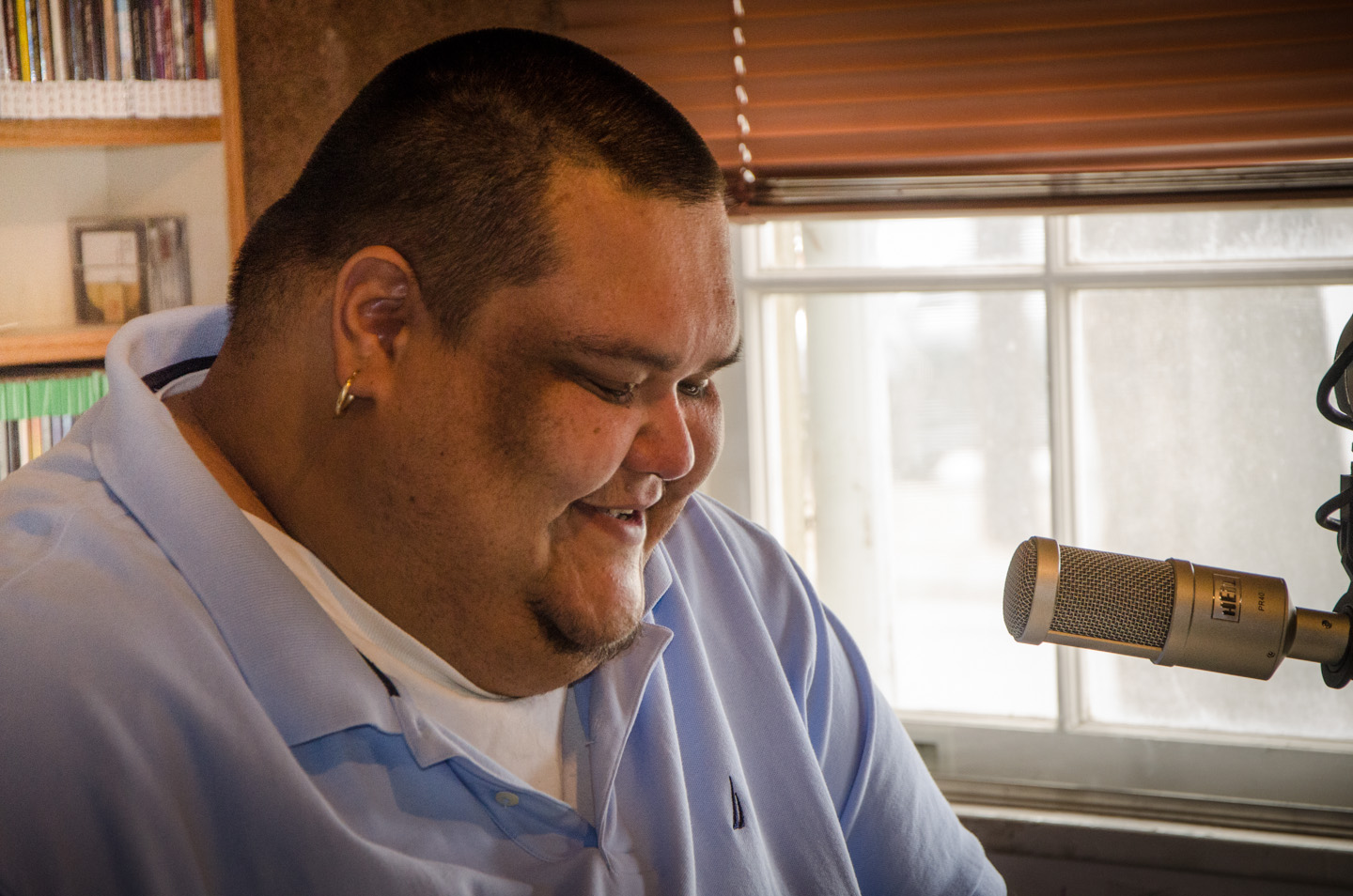KSUT Public Radio will reach a few more listeners following a Southern Ute Tribal Radio rollout on Monday, March 4, stretching its signal south into the New Mexico high desert across San Juan County.
The expansion has been in the works for five years, enabled by new technology, said Rob Rawles, KSUT’s administrative director.
“In the last four or five years, companies have been developing technology to allow radio stations to deliver their signals to the transmitter using [broadband] Internet,” he said. “We are essentially using this new technology to transfer our signal to our Farmington transmitter using bandwidth provided by Brainstorm Internet.”
“It’s been a long process,” Tribal Radio Director Sheila Nanaeto said, adding she wants to make sure new listeners understand the programming is Southern Ute. “We want to keep our identity.”
“The tribe is very lucky to have had a radio station going on 37 years,” said Marge Borst, KSUT board member.
“Public radio, without the listeners, would not exist,” said Southern Ute Chairman Jimmy R. Newton Jr. prior to an official on-air welcome March 4 at the KSUT studios in Ignacio. “I’m here to help, whatever I can do.”
Newton said the greatest benefit to the expansion will be “communicating, highlighting and showcasing the talent we have.”
“KSUT has come along way from then until now,” Newton said on the air. “If I had a ribbon and scissors, this is what I would be doing.”
Nanaeto said there was a federal grant awarded by the U.S. Department of Commerce’s Public Telecommunications Facilities Program, matched in part by the tribe, “that enabled us to expand our signal.”
“We were able to purchase equipment, and [that] made it possible for the expansion to happen in New Mexico,” she said.
“It’s a big deal for tribal radio,” Rawles said.
The new signal will originate in Farmington and broadcast across northwest New Mexico at 89.7 FM, covering most of San Juan County, and bordering or crossing into the Navajo Reservation, with a clear signal in Shiprock, Nanaeto said.
“Our feeling is that we are not really competing with anybody [on Native content],” Rawls said of the expansion, adding that the mix of programming helps broaden listeners’ understanding of Native issues.
The programming Southern Ute Tribal Radio provides is unique, Nanaeto said.
“We provide 37 hours of traditional Native music [each week],” Nanaeto said. “That is something that is rare and unique not only in the Four Corners, but also in Indian Country.”
“The tribal member that is on the go is going to hear that information daily,” she said. Aside from the set programming and traditional Native American music, the station also offers community updates to its listenership.
“We think of our elders, unemployed, and those tribal members who are travelling,” Nanaeto said. “We have a certain personality, style and sense of humor, which we try to keep alive and well, incorporating Native humor, but keeping solid information.”
“I like that individualism of our programming,” Nanaeto said, adding that each DJ brings a different perspective to the station, “keeping our identity strong.”
Newton, a self-described “big supporter of KSUT,” acknowledged the contributions of tribal members and said he hopes the station’s growth will give Southern Ute voices new exposure. He encouraged the radio station to “capture some of that talent. ”
The tribal signal features programs with tribal members such as Eddie Box Jr., Mike Santistevan and Lorena Cibrian, and actively seeks out new music from across Indian Country — a small but growing genre.
“[We are] constantly networking with labels and artists. We try to help everybody out when we can,” Nanaeto said.
Seven weeks of broadcasting have already taken place during a soft rollout to ensure consistency and clarity of programming throughout the new region, Rawles said. Social media efforts have played a role in getting the word out.
“Facebook has been a great tool,” Nanaeto said.




